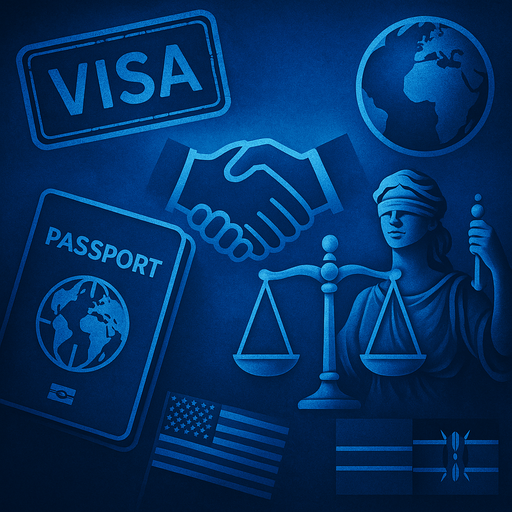Introduction
The landscape of U.S. immigration is evolving rapidly in 2025. From updated visa quotas to digital filing enhancements, staying ahead of the curve is essential for applicants and their sponsors alike. In this guide, we demystify each major category, non-immigrant visas, permanent residency, and naturalization, and provide actionable tips for a successful application.
1. Non-Immigrant Visas
Key Changes: This year sees increased H-1B caps for advanced degree holders, plus new streamlined e-filing for TN and E-3 categories.
- H-1B Specialty Occupations: 85,000 new slots, with 20,000 reserved for U.S. master’s degree holders.
- Student Visas (F-1): Optional Practical Training (OPT) extensions now auto-approved for STEM graduates.
- Business & Visitor Visas (B-1/B-2): Validity extended from 6 to 10 years for select countries under the Visa Waiver Program.
2. Permanent Residency (Green Card)
What’s New: EB-2 National Interest Waiver thresholds have been lowered, and family-based categories now benefit from reduced backlogs.
- EB-2 NIW: Researchers and entrepreneurs can self-petition with less stringent job offer requirements.
- Family-Sponsored: F2A spouses and minor children now have visa numbers immediately available.
- Adjustment of Status: Premium processing introduced for employment-based I-485 in select Service Centers.
3. Naturalization & Citizenship
For Green Card holders aiming for citizenship, new online oath ceremonies are rolling out in several states, cutting in-person wait times by up to 50%.
- Eligibility Changes: Continuous residence requirement reduced from 5 to 3 years for qualifying military service.
- English & Civics Exams: Interactive online study modules launched on USCIS.gov.
- Oath Ceremonies: Virtual ceremonies now count toward the final step, no travel required.
4. Digital Filing & Compliance
The USCIS Electronic Immigration System (ELIS) has been upgraded to accept scanned affidavits, I-94 records, and biometric appointment scheduling all within one portal.
5. Practical Tips
- Start Early: Gather civil documents (birth certificates, police clearances) months in advance.
- Track Your Case: Sign up for automated case-status texts via the USCIS online tracker.
- Legal Counsel: Consider a consultation to verify document completeness, errors can add weeks of delay.
- Interview Prep: Review common interview questions and carry originals plus notarized translations.
Conclusion
2025 presents both opportunities and challenges for U.S. immigration applicants. By understanding category-specific updates, leveraging digital tools, and following best practices, you can significantly improve your chances of success. Good luck on your journey!


